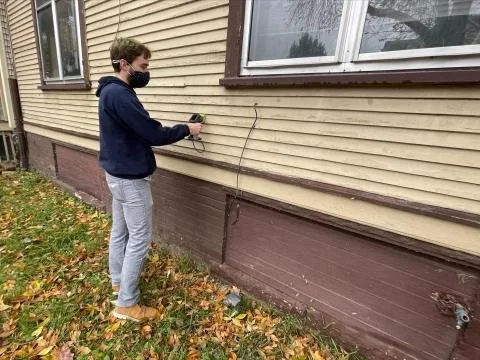Environmental Lead
Lead is a metal that was routinely used in paint, varnish, plumbing, ceramics, and other household items until 1978. Lead can also be found in dust hobbies or jobs, including welding, making stain glass windows, and ammunition re loading. As lead paint ages, it typically peels, flakes, or turns into dust. This can be dangerous to your health.
Why is it dangerous?
In 1978, lead was banned from being added to paint and varnish for residential use because researchers found it can be toxic to humans and animals. It can damage the brain and other systems, leading to:
Developmental delays.
Learning disabilities.
Reduced IQ and attention span.
A range of other health and behavioral effects.
Lead is still present in paint and varnish in homes and childcare centers built before 1978. Lead can hurt anyone, but kids under age six are most vulnerable. The damage from lead poisoning can last a lifetime.
CDC Website - Childhood Lead Poisoning Prevention
Home Remodeling Resources
Renovation, Repair and Painting (RRP) Program: Consumers | US EPA
Lead Safe Homes Program Brochure - Lead-Safe Homes Program: Making Homes Lead-Safe for Kids (wisconsin.gov)
Testing Your Child for Lead
The recommendation is to test your child three times before the age of 3. Testing should be completed at your well child visit at 12 months, 18 months and 24 months.
Helpful Resources
Sources of Lead
Lead isn’t just found in house paint. Lead can also be found in toys, makeup, food, and the environment. Exposure can also happen through certain hobbies and occupations.
Lead-Safe Wisconsin: Where is Lead Commonly Found in Wisconsin?
Lead in Consumer Products - Lead-Safe Wisconsin: Other Sources of Lead
Hobbies and Occupational Risks - Lead in Jobs, Hobbies, or Other Activities
Adult-Related Health Risks from Lead Exposure - Protecting Adults from Lead Exposure



